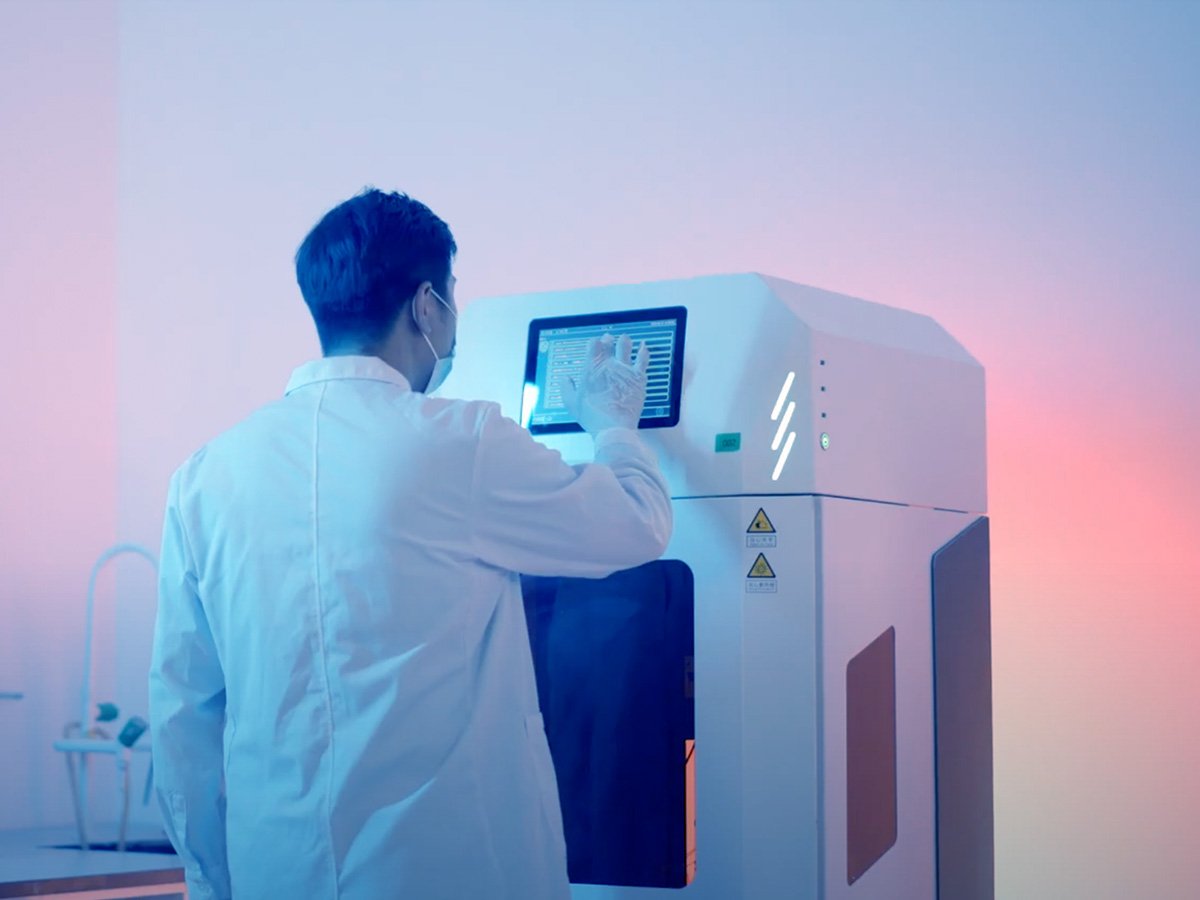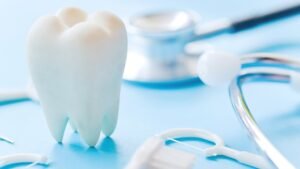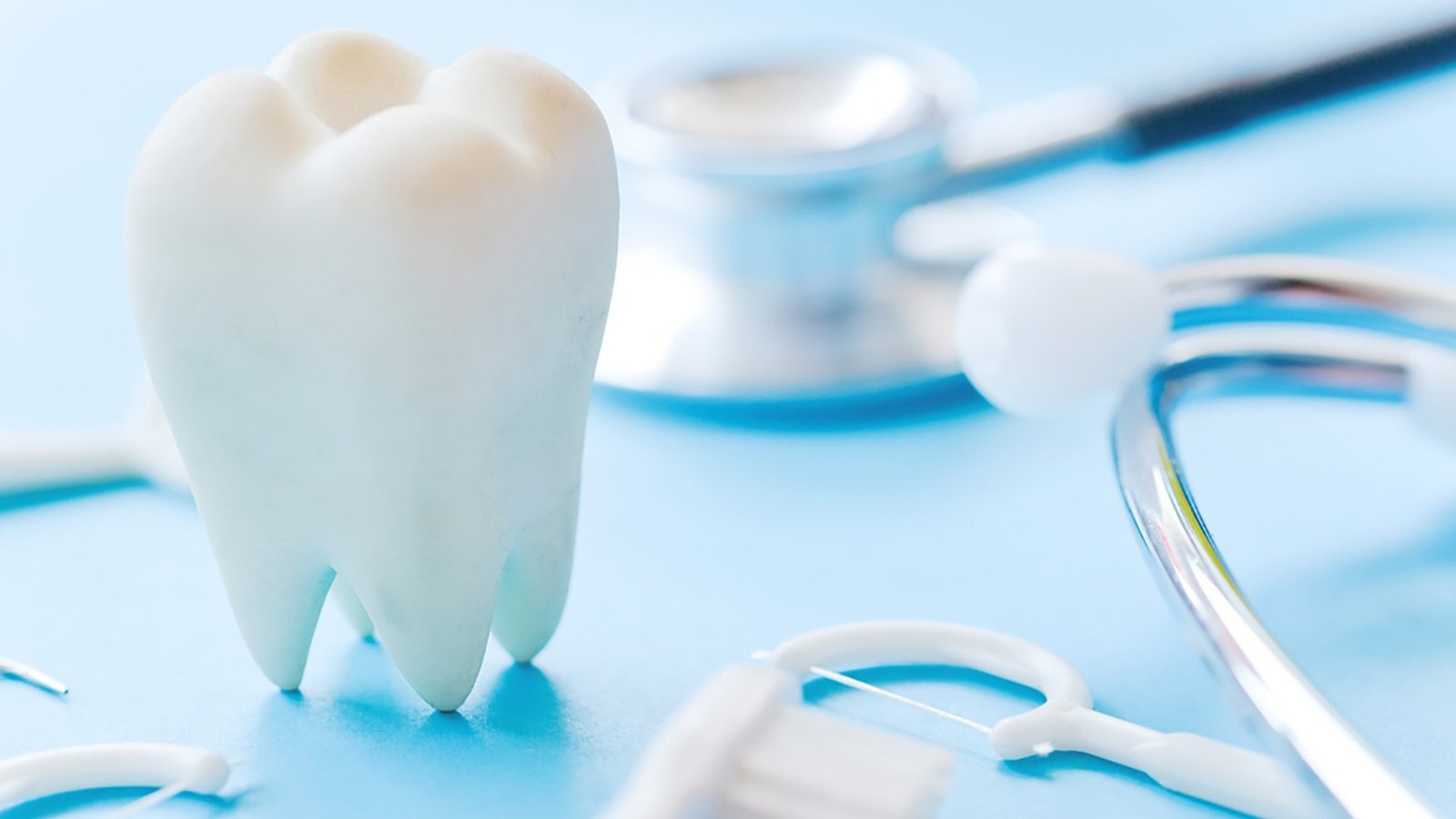If you are experiencing pain and swelling in your gums and you find it difficult to locate the problem then there must be an underlying issue.
Such issues are difficult to identify in routine dental check-ups. These situations require some in-depth solution like Dental X rays.
Dental X rays are images of teeth and mouths used to make detailed diagnoses of cavities, bone loss, and infections between teeth. Today, dental X rays play a significant role in accurately assessing dental ailments.
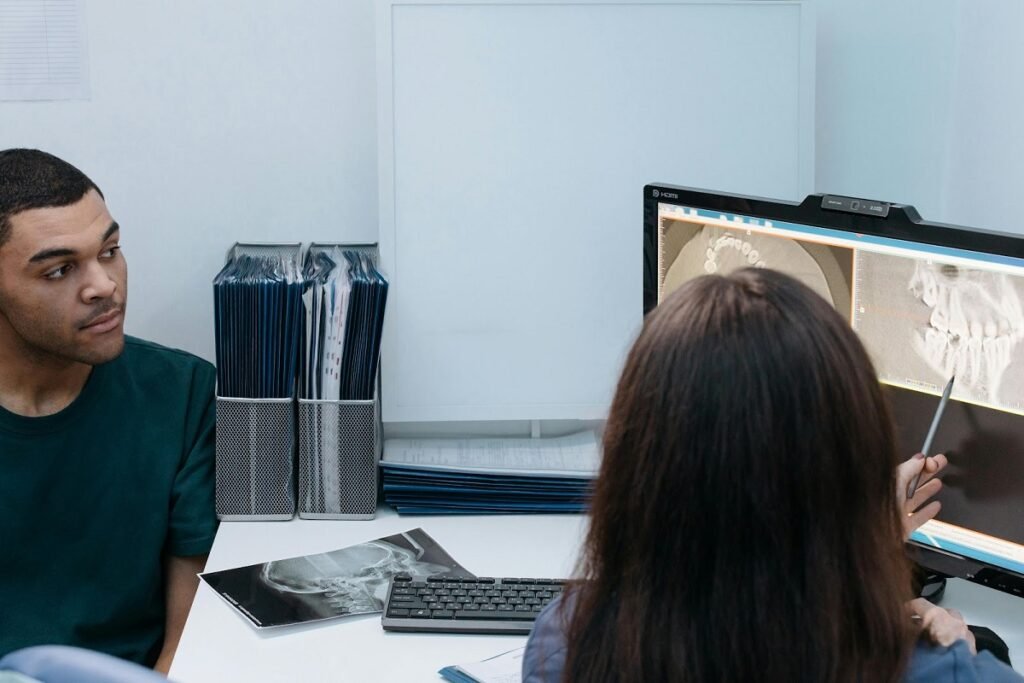
What is a Dental X Ray and How Does it Work?
Dental X-rays are the internal images of your teeth and jaw. This procedure follows the use of radiation to examine the tooth structures that are impossible to see in routine check-ups. These areas include your jawbone, teeth roots, sinus, and nerves, etc.
Dental X rays work the same as the other X-rays work for the other body parts. Performing dental X-rays follows a very simple procedure, a radiation beam is passed through your soft tissues to create an image of your bones and affected teeth.
The dental x-rays may be of two kinds:
Traditional or digital. Digital dental X-ray is known for its use of 80 to 90% less radiation.
What Can Dental X Rays Detect?
This technology helps to detect a wide range of dental health issues. They can even show what cancer looks like on a dental X-ray and help in planning further treatment.
- Cavities between teeth.
- Undercover decays.
- Bone loss in your jaw.
- Infected areas.
- Infections at the root of the tooth.
- Cysts, some types of tumors, and more.
When Do Professionals Use Dental X-rays?
Dental X rays are used in the following situations.
- Detecting Hidden Cavities: hidden cavities are difficult to identify because they reside in between the teeth, but with the help of X-rays, this is no longer a difficulty.
- Assessing Bone Loss: Bone loss is something that causes a lot of discomfort but is difficult to locate, but with the help of dental X-rays, it has become very easy to identify it.
- Examining Wisdom Teeth: Wisdom teeth examination is another issue that X-rays help to examine effortlessly.
- Planning Dental Implants: They provide extreme help in planning dental implant treatment.
- Diagnosing Other Oral Conditions: For all the other undercover problems that are tedious to find in normal check-ups, these X-rays play a dominant role in identifying them.
Types of Dental X Rays
There are two types of dental X-rays, and both of them are different in properties.
- Intraoral: The placement of the sensor is inside your mouth.
- Extraoral: The placement of the sensor is outside your mouth.
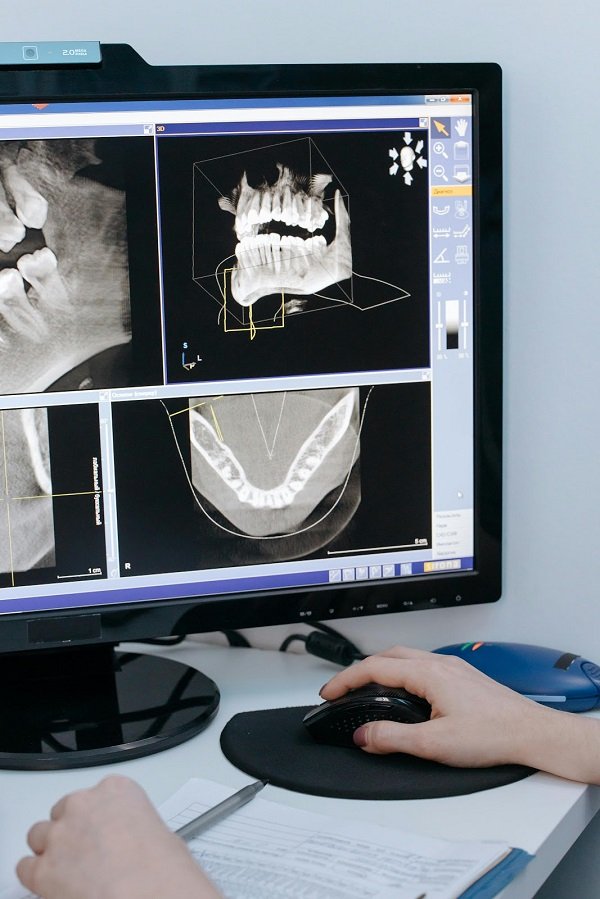
Intraoral X Rays
There are different types of intraoral X-rays, these are explained below.
- Bitewing X-rays
These X-rays generally show the upper and lower teeth in one area of your mouth. This helps in the detection of decay in between your teeth.
They can perfectly catch the changes and decay below your gum line. But X-rays are not meant to show the roots of the teeth.
- Periapical X-rays
This X-ray shows the entire tooth from the crown to the root tip. Dentists prefer this X-ray to detect decay, gum disease, and bone loss with other abnormalities of the surrounding bone.
- Occlusal X-rays
They are carried out to detect the issues on the floor and the roof of your mouth.
The images caught by this particular x-ray identify the cysts, jaw fractures, and abscesses in the roots of your front teeth.
Pediatric dentists use this x-ray to evaluate developing teeth.
Extraoral X-rays
There are numerous types of extraoral X-rays.
- Panoramic X-rays
A panoramic X-ray shows all the structures of your mouth, including upper teeth, lower teeth, jaw joints, nerves, sinuses, and supporting bones. It allows your dentist to get an overview of existing oral health problems.
- Cephalometric X-rays
It shows the entire head from the side. Dentists make use of this x-ray to detect the location of your teeth concerning your jaw. Their prime use is to plan the treatment.
- Cone Beam CT Scan
Professionals make use of computed tomography (CT) Scans to take 3D dental X-rays of teeth, jaws, joints, nerves sinuses, etc. They also help to detect tumors or facial fractures. Surgeons prefer dental CT scans to check the height, width, and location of the jawbone before making implant placement.
What Are the Benefits of Dental X Rays?
Dental X-rays play a dominant role in diagnosing oral health issues that can’t be visible during regular dental checkups.
They help in the identification of issues like bone loss, gum disease, cavities, and more. Besides this, dental x ray cost is not pocket draining.
- Early Detection
Dental X-rays help to detect hidden dental issues such as cavities between teeth, bone loss, and early signs of gum disease.
It allows prompt treatment after diagnosis before problems get worse.
- Diagnosis Accuracy
X-rays provide detailed images that help dentists to accurately identify the conditions and plan effective treatment ahead.
- Comprehensive View
It allows the dentist to see the whole picture of the teeth including roots, jawbone, facial bones etc.
- Oral Health Monitoring
Dental X-rays help to track the changes in oral health over time. They work wonders for people who already have a history of dental problems. They play a significant role in patients who are undergoing implants and braces.
- Hidden Problem Identification
They detect the problems that are not visible on the surface but are hidden like infections, cysts, and tumors.
- Treatment Planning
X-rays provide a clear view of bone and bone structure to plan intense dental procedures like root canals, extractions, implants, etc.
Disadvantages of Dental X Rays
Although there are numerous benefits associated with dental x-rays, one should not forget about the cons they can cause.
- Radiation Exposure
Dental X-rays use ionizing radiation for image creation. Although their intensity is less, they still can develop some cancers. So, professional consultation is necessary to know how many dental X-rays are safe in a month.
- Avoid overuse
X-rays help in dental treatments in amazing ways, but one has to avoid excessive use.
- Pregnancy
In the condition of pregnancy, women should avoid all sorts of dental x rays while pregnant until it is necessary. Although the radiation emission is minimal during dental x-rays, it can still harm the fetus.
- Consultation is Important
Patients should talk to the professional about the possible benefits and harms of dental X-rays before moving ahead with the procedure. They should discuss if they have a family history of Cancer.
Preparation for Dental X Rays
Dental X-rays require no special preparation. You just need to brush your teeth before your appointment with the dentist.
In the dentist’s office, they will make you sit on a chair, and the X-ray machine will be positioned alongside your head to take an image of your mouth.

In some offices, there would be a separate x-ray room. The procedure is simple and straightforward, so there is no need to worry.
Are Dental X Rays Safe?
When it comes to the answer to the question, are dental X-rays safe? They are quite safe because the radiation risk from them is very small. The radiation you get from dental X-rays is similar to the radiation that you receive from TV, Smartphones, and computers.
Although they are safe, if one goes for extreme use, he/she may have to face consequences like cancer risk. You should have a detailed consultation with your professionals before going for the procedure, and don’t forget to discuss the possible risks and reasons not to get dental x-rays.
Conclusion
Dental X rays are essential to make proper health maintenance. They help to identify severe oral health issues in advance so that their treatment can start early. It prevents problems from spreading further. These X-rays are carried out to detect certain cancers also.
Although the use of dental X-rays provides different benefits, its overuse may cause severe damage too. So, before going with the process get help from professionals such as Aidite Dental.
FAQ’s
How often should I go for dental X rays?
When you have healthy teeth and gums you may go to have a dental x-ray once. Six to 18 months, and if you have any dental issues or oral health problems, you may need to go frequently. Take professionals’ help to make a wise choice.
When should dental x-rays be obtained?
Dental X rays are used to diagnose undercover dental issues that can’t be diagnosed in regular dental checkups. These X-rays help professionals to find the following things.
- Tooth infection
- Bone loss.
- Jaw lesions.
- Number, size, and position of teeth
How long does dental radiation stay in your body?
Radiations usually do not stay in the body for a long time, they would be there for a few minutes.
Are dental X-ray images really necessary?
They are not necessary for minor dental problems, but to identify hidden dental problems, they become necessary.

